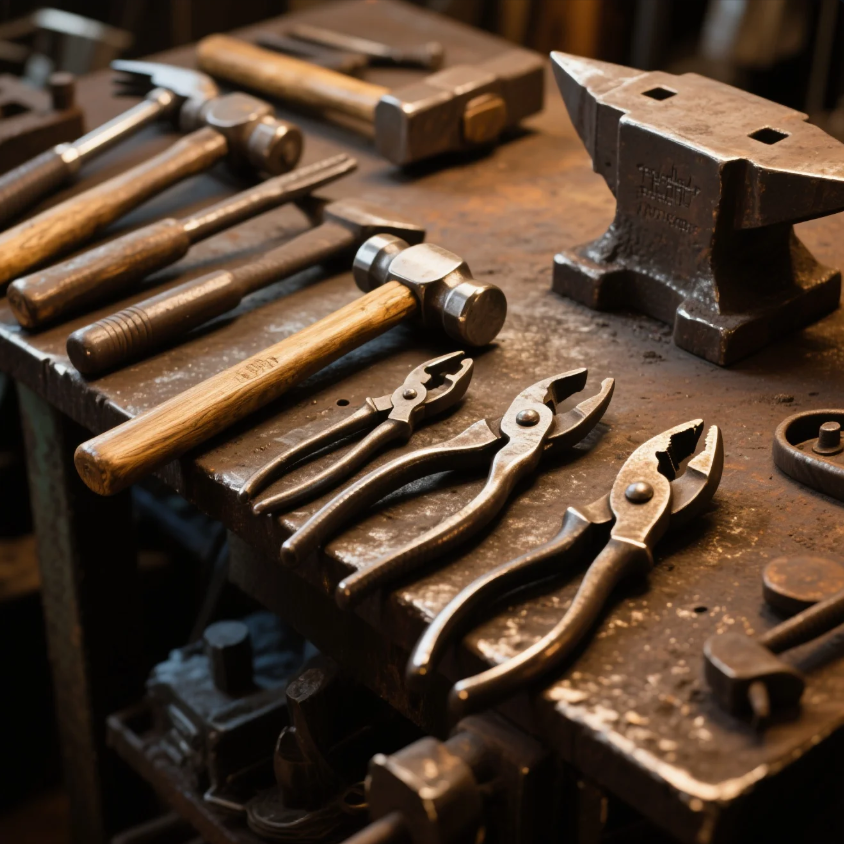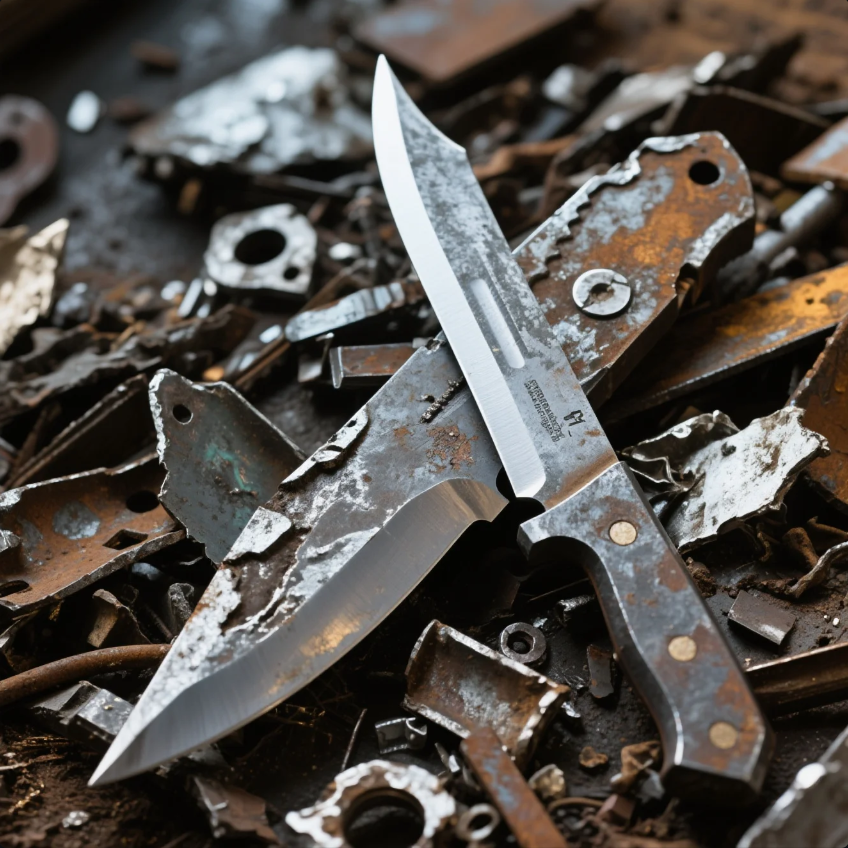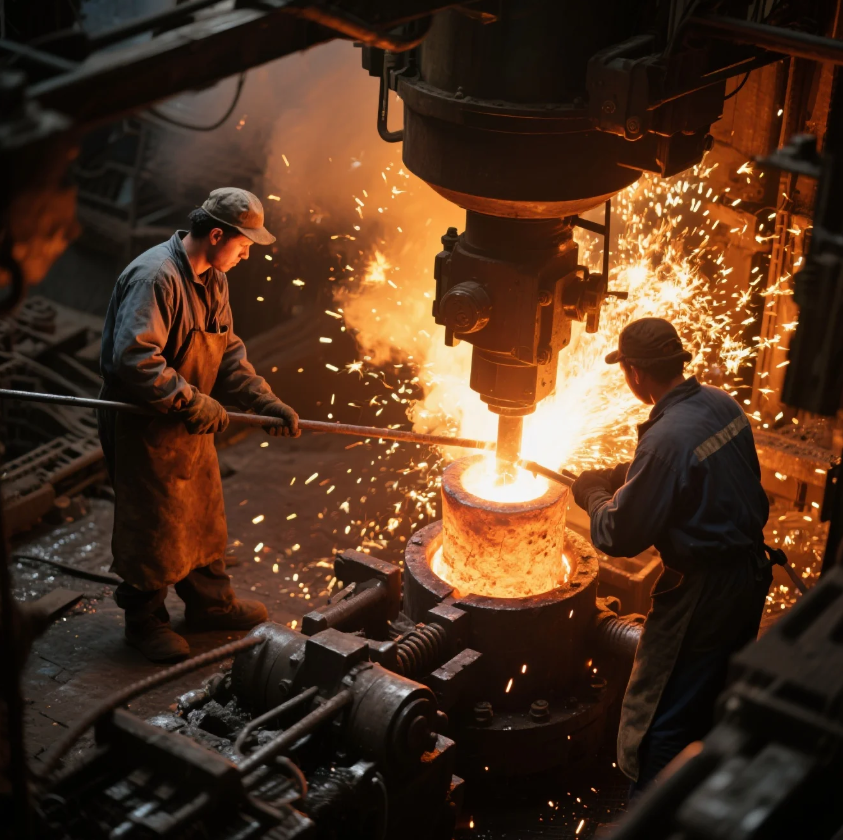TEMPLATE_START
What will happen if the amperage is too high when welding?
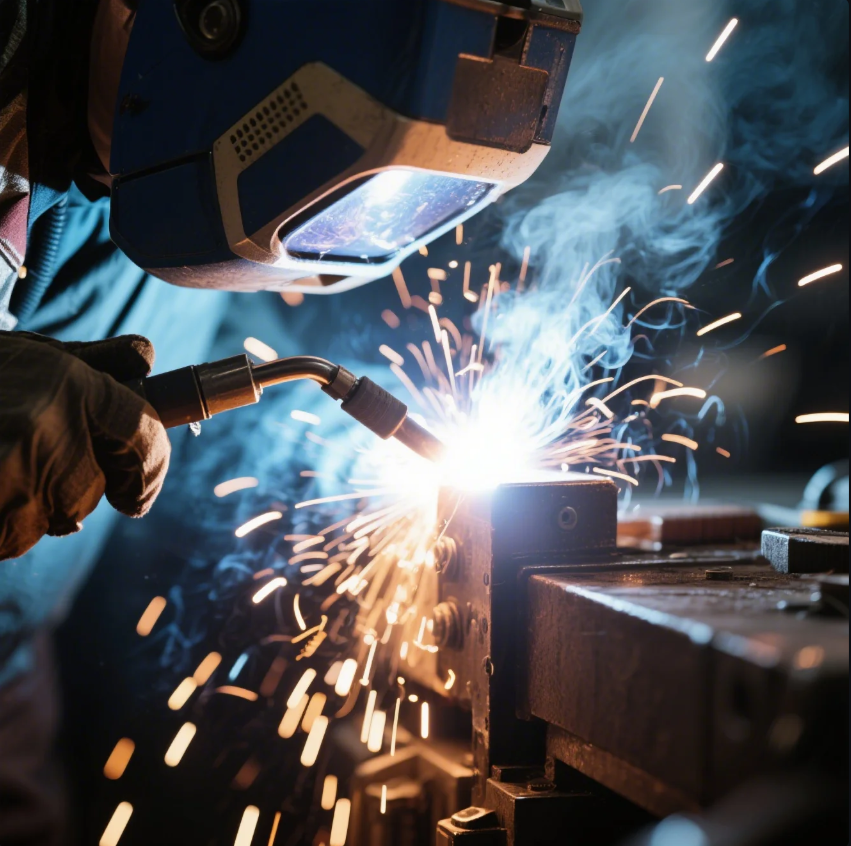
High welding amperage causes more harm than you might expect.
Excessive welding current leads to burn-through, weak welds, and increased spatter—damaging both parts and production efficiency.
Let’s explore how to control amperage for cleaner, stronger welds.
What happens if the amperage is too high in welding?
The weld looks strong—but it’s often dangerously weak.
Too much amperage causes overheating, burns through base metal, and creates porous, brittle welds.
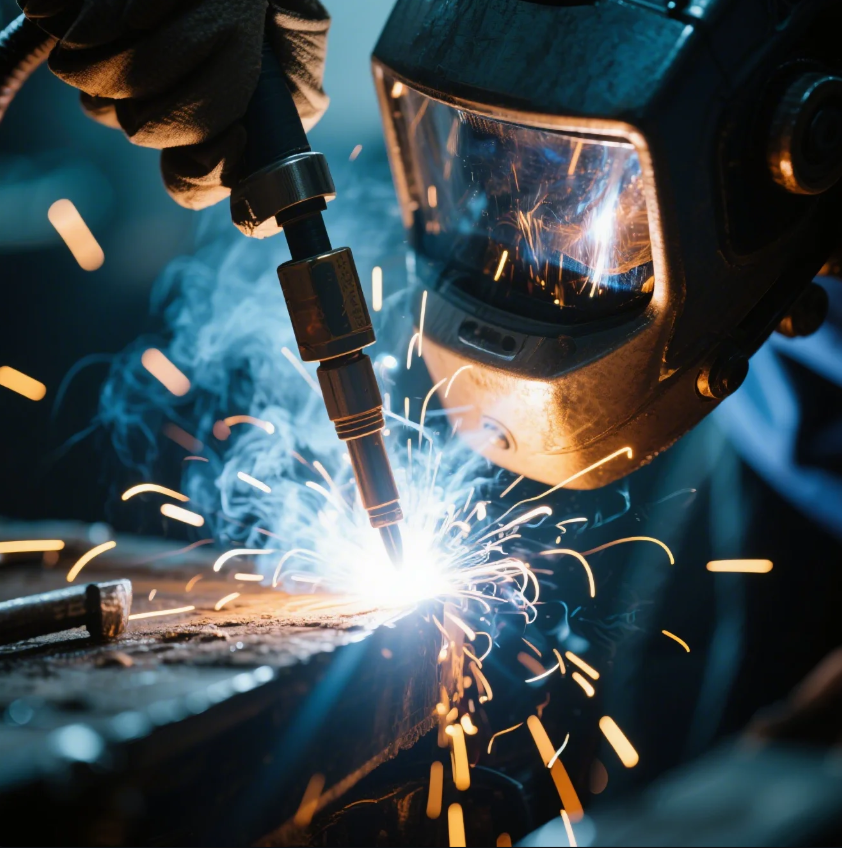
In my early years managing orders from U.S. fabricators, I remember one shipment rejected due to excessive undercut and burn-through. The root cause? Over-amped MIG welding on thin panels.
Common effects of high welding current
| Effect | Description |
|---|---|
| Burn-Through | Base metal melts away, creating holes |
| Excessive Spatter | Small molten droplets fly, wasting material and time |
| Undercutting | Groove forms beside weld, weakening joint |
| Porosity | Gas pockets get trapped inside weld |
| Distortion | Overheating warps the workpiece |
When our clients work with Prime, especially those sourcing ISO-certified welding parts manufacturers, we provide full parameter documentation. This ensures correct amperage settings and repeatable quality in high-volume production.
What happens when welding current is high?
More current doesn’t mean better penetration—it often ruins the joint.
High welding current overheats the arc, causing weld defects, structural weakness, and costly rework.
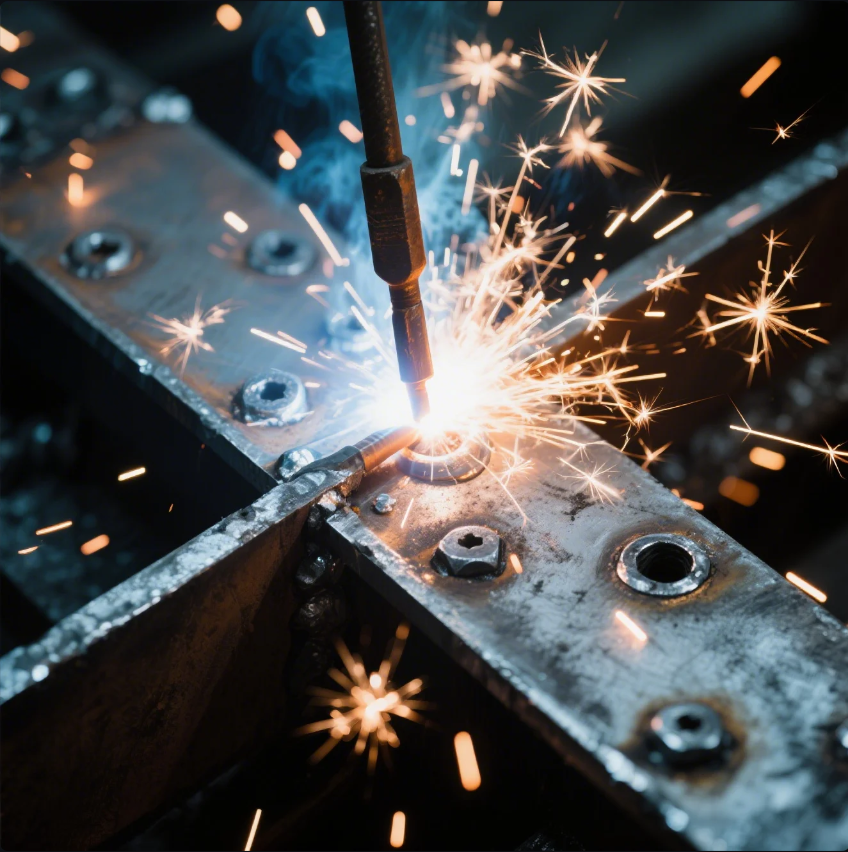
One client from Australia tried speeding up production by increasing current. Instead of saving time, it led to cracked welds during shipping. They switched to our custom CNC welded assemblies, where our pre-set current levels removed all guesswork.
Why high current is risky
- It narrows the margin for operator error.
- It reduces control over puddle size and flow.
- It changes the arc shape—wider, hotter, less focused.
| Arc Parameter | Ideal Range | High Current Result |
|---|---|---|
| Penetration | Controlled depth | Burn-through or excess dilution |
| Puddle Size | Small to medium | Too fluid, hard to control |
| Bead Appearance | Smooth, uniform | Rough, inconsistent |
Prime’s expert team helps clients dial in the right current for every weld, whether it’s MIG, TIG, or arc. For high-tolerance parts, like precision welding components, this precision matters.
What is the indication that the welding current is too high?
The signs are clear—if you know what to look for.
Signs of high welding current include loud arc sound, excessive smoke, irregular bead shape, and part distortion.
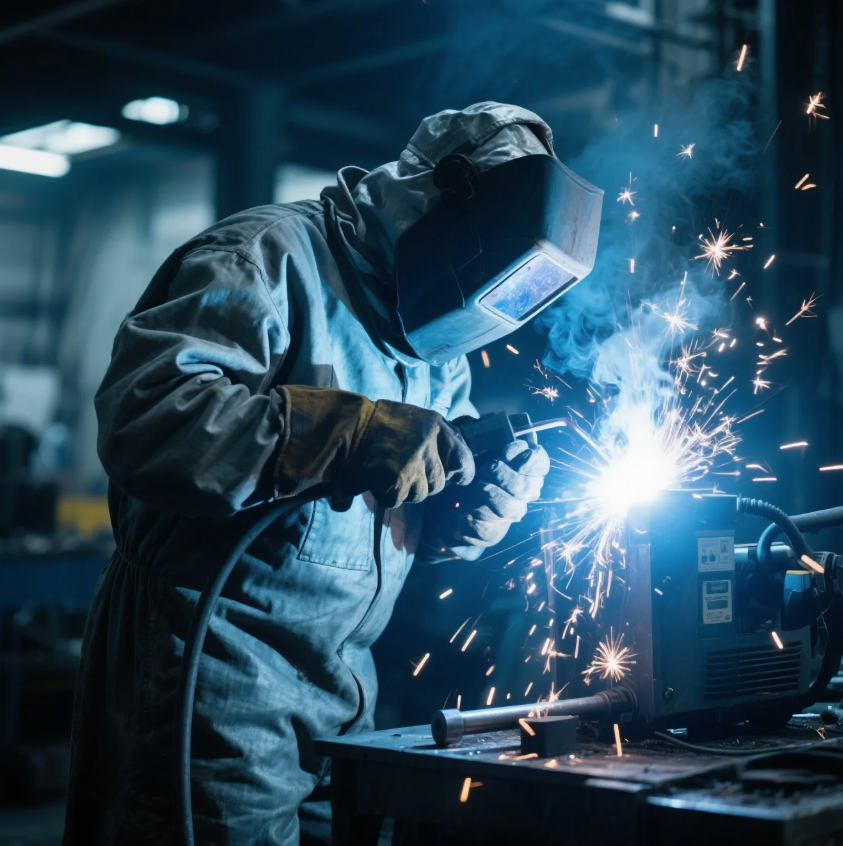
I’ve worked with buyers who thought spatter was just “part of the job”—until we showed them how correct amperage could clean up their welds and reduce post-processing time.
Visual and physical signs
| Indicator | What It Means |
|---|---|
| Bead is too flat/wide | Excess heat causing metal spread |
| Surface undercutting | Arc digging into base metal |
| Spatter around weld | Droplets ejected by unstable arc |
| Arc is loud and erratic | Current exceeds electrode limit |
| Warped or curved plates | Excess heat distorting base metal |
When clients switch to Prime’s production-ready welding assemblies, they get stable welds, minimal defects, and reduced finishing steps—all thanks to carefully managed welding current.
What is the rule of thumb for welding amperage?
There’s a simple way to get it right—before you even strike the arc.
The general rule: 1 amp per 0.001 inch of electrode diameter for mild steel, adjusted by process and material.
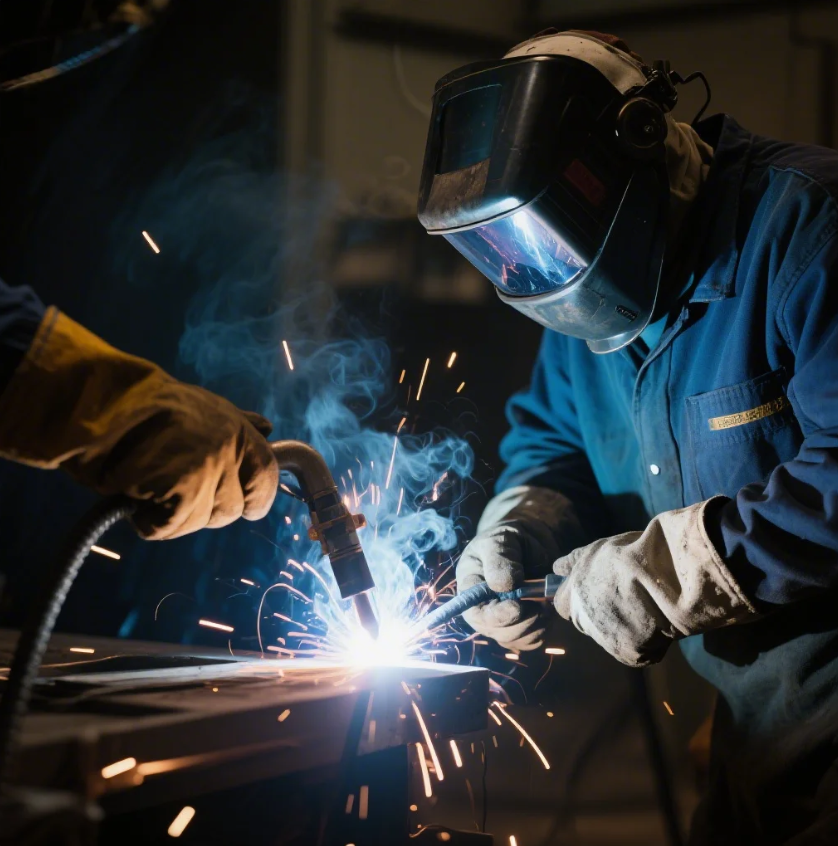
In our factory, every welding process follows strict SOPs tied to this rule. For example, with a 1/8" (3.2 mm) stick electrode, we typically run 125 to 150 amps, depending on joint type and position.
Amperage guidelines by process
| Welding Process | Typical Amperage Range | Best Use |
|---|---|---|
| Stick (SMAW) | 70–200 A | Structural and maintenance work |
| MIG (GMAW) | 80–300 A | Sheet metal, medium-thick materials |
| TIG (GTAW) | 10–250 A | Thin metals, clean aesthetic welds |
At Prime, we combine this rule of thumb with real-world testing for each custom fastener and welding part order. That’s why our welds hold up under pressure—both physically and on your schedule.
Conclusion
Controlling amperage avoids weld defects, improves strength, and saves rework time.
Want consistent welds and reliable metal parts? Contact Prime now through our website for expert support, custom solutions, and fast delivery. As an ISO-certified supplier with over 20 years of experience, we help you weld smarter from the first arc.
TEMPLATE_END

